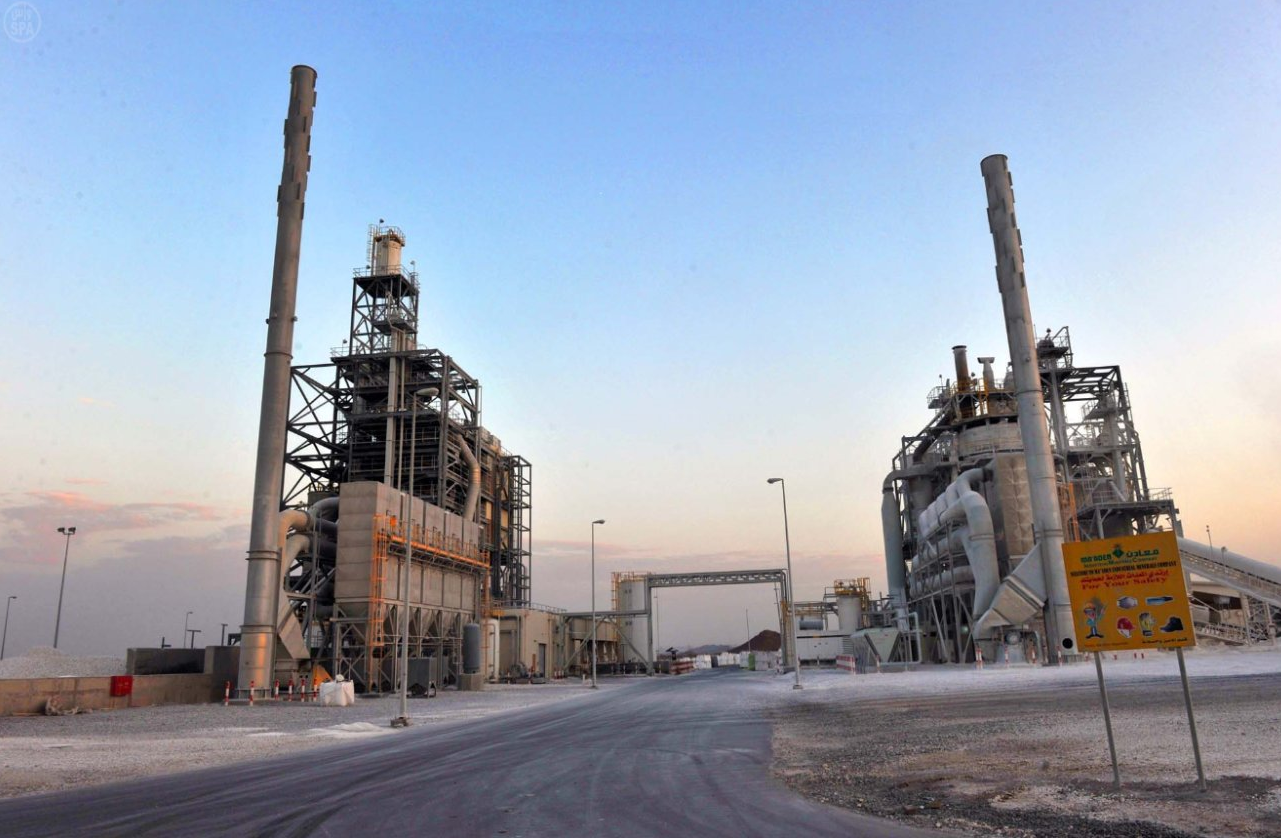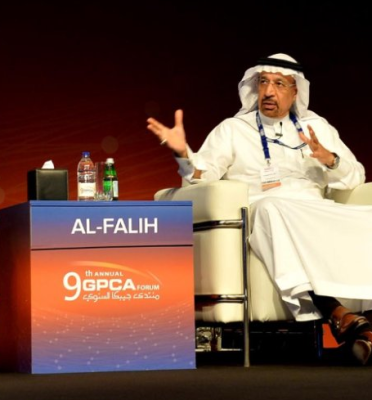Saudi Arabia’s ‘Vision 2030’ plan to diversify its economy identifies the mining and minerals sector as one of the top non-oil growth sectors for the Kingdom.
Days after the Vision 2030 plan was announced the Saudi Public Investment Fund (PIF) reshuffled the board of the Saudi Arabian Mining Company – known as Ma’aden – and named Khalid Falih Chairmen of the Board. Falih is also Chairman of Aramco and Minister of Health. The PIF also placed top Saudi female business leader Lubna Al-Olayan on the board, along with two other Saudis, SABIC’s Abdullah bin Mohammed Al-Issa and Abdallah Al-Saadan, Saudi Aramco’s senior vice president for Finance, Strategy and Development.
The news sent Ma’aden’s stock soaring on Saudi Arabia’s Tadawul All Share Index (TASI) this week.
The PIF owns 49.99 percent of Ma’aden.
In the release of their strategic document on the future of the Saudi Economy, the consultancy McKinsey & Company, which was contracted by deputy crown prince Mohamed bin Salman and the Council on Economic and Development Affairs (CEDA) to research the matter of Saudi Arabia after oil, said that transforming the economy beyond oil into a “productivity-led economic transformation could enable Saudi Arabia to double its GDP again and create as many as six million new jobs by 2030″ at an estimated cost of “$4 trillion in investment.” The McKinsey report listed Mining and Minerals as the first of eight sectors that has potential to generate “more than 60 percent of this growth opportunity.”
“In mining, we will furnish incentives for and benefit from the exploration of the Kingdom’s mineral resources,” the ‘Vision 2030’ document says. In laying out its commitment to developing the mining sector, the document pledges to create a “mining sector contributing to the national economy at full potential. ”
“We have been blessed with rich mineral resources such as aluminum, phosphate, gold, copper, uranium and other raw materials. Although the mining sector has already undergone improvements to cater to the needs of our industries, its contribution to GDP has yet to meet expectations. As such, we are determined to ensure it reaches SR 97 billion by 2020, creating 90,000 job opportunities in the process.”
The government said that by 2020, the mining sector would contribute $26 billion to Saudi Arabia’s GDP by 2020, creating 90,000 jobs.
However, turning Ma’aden into a major money maker remains a sizable task for the Saudi government at the PIF. The Gulf’s largest miner posted a 35.3 percent fall in first-quarter net profit in April. According to Reuters, it attributed the results to a 17 percent drop in revenues “because of lower commodity prices for all its products – year on year, average prices for ammonia and DAP dropped 30 per cent and by 25 per cent for aluminum, where overall sales also fell.”










